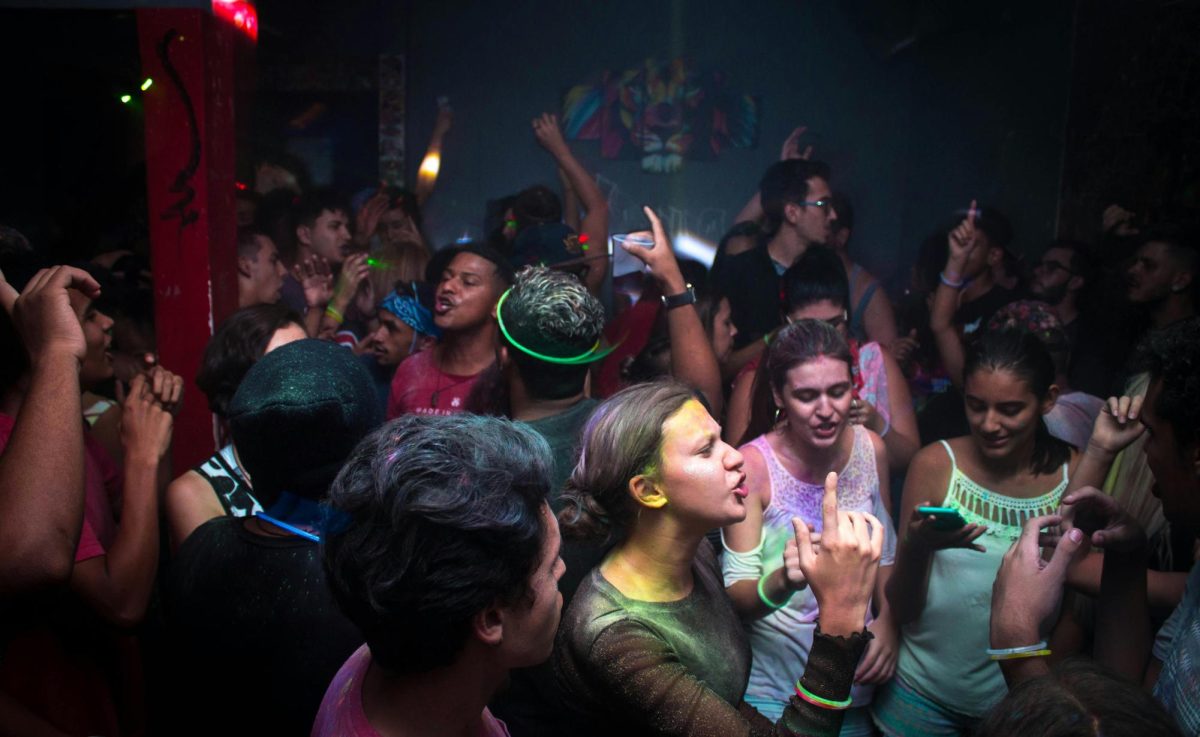Although I’m only a sophomore, there are a lot of pros and cons I’ve gathered about this school. For example, one pro is that the University is located in the city “Where Dreams are Made of” (a song played many times during orientation). There is constantly something happening around us; across the boroughs of Manhattan and Brooklyn, in addition to many events hosted by our own student organizations. On the downside, there are issues within residential housing, financial packages and the general acceptance rate at the University that need questioning.
Included on the University’s website are statistics that record the number of people accepted and enrolled, the percentage of diversity groups and those receiving financial aid as well as residence hall occupancy. What is not mentioned are the current statistics on acceptance and graduation rates. Thankfully a quick Google search informed me that while 88 percent of students are accepted, only 57 percent graduate. That’s right. As boastful as this school is about opening its gracious doors, not everyone who comes in returns the favor by walking out those same doors after their studies are done, if completed at all.
Amidst the season of receiving college admissions, the University was the first school to reach out to me with a scholarship plan ready to offer. Additionally, the cost of tuition is the same (depending on the school) both in-state and out. Financial aid packages and scholarships, both merit and need-based, are very helpful towards the effort to achieve higher education, especially in the U.S. Recently, a post uploaded onto the University’s Instagram page invited potential students to visit either the New York City or Westchester campus to receive a “renewable $1,000 scholarship” for any “full-time undergraduate program for Fall 2024.” That wasn’t an option before, so what’s new?
Being a non-profit, private school means that there is a dependency upon student tuition and funding from donors, in order for the University to continue to float, or in this case, do renovations. Aside from general tuition, food and housing, there are additional factors such as transportation, books and personal expenses added to the overall cost of tuition. If $800 is added to cover books, $600 goes towards transportation and $1,414 is estimated for personal expenses, then why do I still have to buy books? Why aren’t we being reimbursed for this “estimated” amount that doesn’t seem to be going towards anything if money is still coming out of our pockets?
For undergraduates, $18,470 is necessary for housing and food in Westchester and $22,850 in NYC. The cautionary factor is that students, freshmen and upperclassmen or full-time and part-time, receive different amounts of expenses that still equate to not being enough. It is mandatory for full-time students to have a standard meal plan, however, the initial amount I received as a freshman was around $1,500. The incoming freshmen were given $2,250 total (10 weekly meal swipes, $545 dining points and $55 flex dollars that can now be used anywhere) as upperclassmen have a declining budget of $1,150 ($1,045 dining points and $105 flex dollars). As with commuters, although they don’t live on campus, the range of their meal plan starts at $600 and goes up to $950.
Known by many, is 15 Beekman or shall we say “The New Maria’s.” The all-new addition to the University not only holds the new library and study spaces, two dining floors and classrooms, but also residence halls, primarily for first-years. Within the building are “almost 500 beds,” with an average of two to four students sharing a space, though “suite-style” rooms hold from five to 11 people. In total, there are now five residential buildings that the University is associated with: 33 Beekman, 182 Broadway, 55 John Street, 15 Beekman and FOUND Study in Midtown. The first three and Maria’s Tower (long live Maria) involve “2,300 beds” as of 2019, though because Maria’s Tower is currently undergoing renovations, 15 Beekman was built and that space STILL is not enough, which explains the FOUND Study partnership.
As a student, hearing stories from friends and peers about people running out of dining dollars halfway through the semester or having to take out substantial loans to continue their education because their financial aid package simply wasn’t enough is unfortunate. Even experiencing firsthand the chaos of crowded cafe spaces and (often broken) elevators and overworked Starbucks employees makes me question where our money is going.
To the University, I see the aid that this school provides and take note of the effort established to help us succeed throughout our four years and after. However, there should be a greater focus on those who have been committed here rather than placing all your time and energy into every upcoming class, because there will be a point when no space is available. Just as we stick with our decision to become a Setter, it’s expected that the University to return that favor and prioritize students who make up the statistics advertised on the website. And by benefiting students’ progression and improving their experience here at the University, as a result, the graduation rate can also increase.







Anonymous • Jan 29, 2024 at 12:24 am
Loved what you had to say and everything that was said is very accurate. I agree that Pace needs to lower their acceptance rate and distribute their funds appropriately to at least keep the student body fed for majority of the semester.